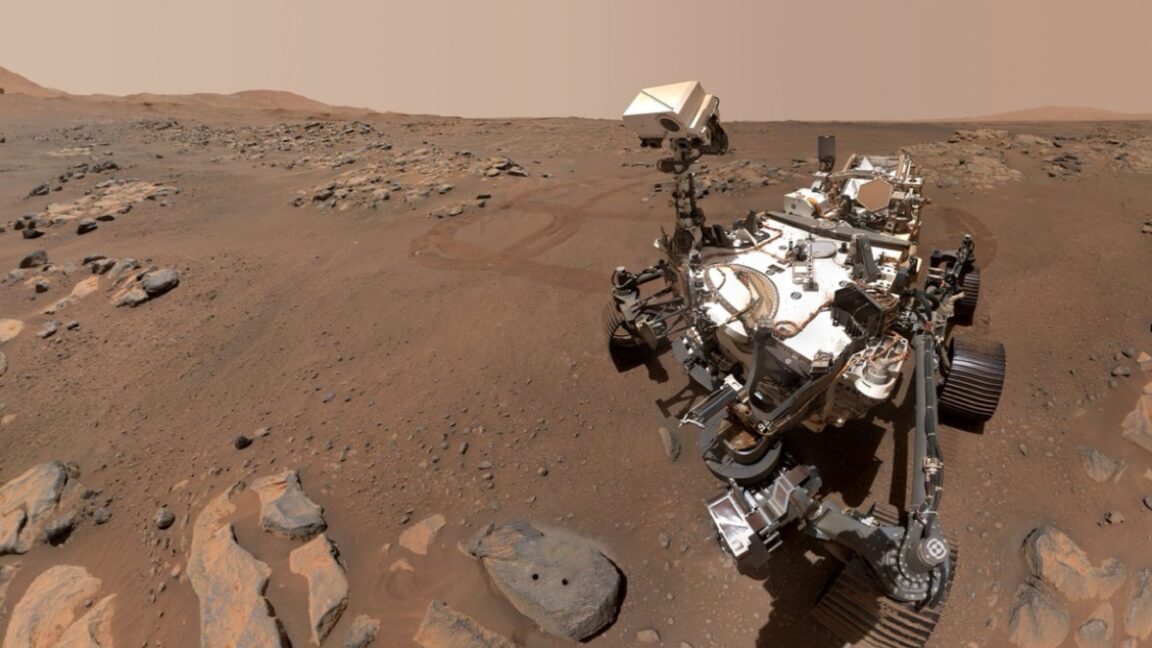So what needs to happen to definitively confirm these are actual signs of previous life on Mars? NASA has a seven-step process for determining whether something can be confirmed as extraterrestrial life. This is known as the CoLD scale, for Confidence of Life Detection. In this case, the detection of these spots on a Martian rock represented just the first of seven steps. Among other steps, scientists must rule out any non-biological possibility and identify other signals to have confidence in off-world life—i.e., solving the so-called “false positive” problem.
For instance, “Analyses of sulfur isotopes can be used to trace the geochemical and biogeochemical pathways that formed sulfate and sulfides,” Janice Bishop (SETI Institute) and Mario Parente (University of Massachusetts Amherst) wrote in an accompanying perspective. “Such analyses would be needed to determine whether ancient microbes participated in the redox reactions that formed these minerals on Mars.”
Michael Wong, an astrobiologist at Carnegie Science who was not involved in the research, told Ars that he appreciated Hurowotiz et al.’s care in not over-hyping their findings and thinks they make a compelling case. Unlike hints of biosignatures on distant exoplanets, he thinks scientists can have confidence in the Mars data. “We’re right up against the rocks, we’re taking spectra of things that we can get up close and personal with,” he said.
The tricky part is in the interpretation of that data. “I think this is consistent with a potential biosignature,” said Wong. “I wouldn’t get too excited, of course, because there could be interesting geological mechanisms for creating these phenomena that we just haven’t thought of yet.”
Chemically reduced nodules of greenish material containing the mineral vivianite are embedded in a matrix of red-brown, oxidized clay mineral. More complex ‘leopard spot’ features contain vivianite along with a sulfide mineral.
Credit:
J. Hurowitz et al. 2025
Still cause for skepticism
That said, “I’d love to know a little bit more about what organics were found and in what abundances,” said Wong. “If you can look at the distribution of, say, amino acids or lipids, these building blocks of life, that can be a really important clue as to whether or not it’s actually life that was responsible here. Life is really good at making molecules that function well, and it doesn’t care about making molecules that don’t play into its metabolism and replication cycles. I’d love to know a little bit more about the isotopic ratios of those organic compounds, because life preferentially absorbs lighter isotopes than heavier ones.”

